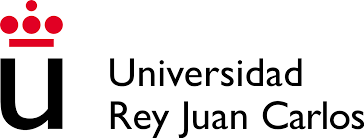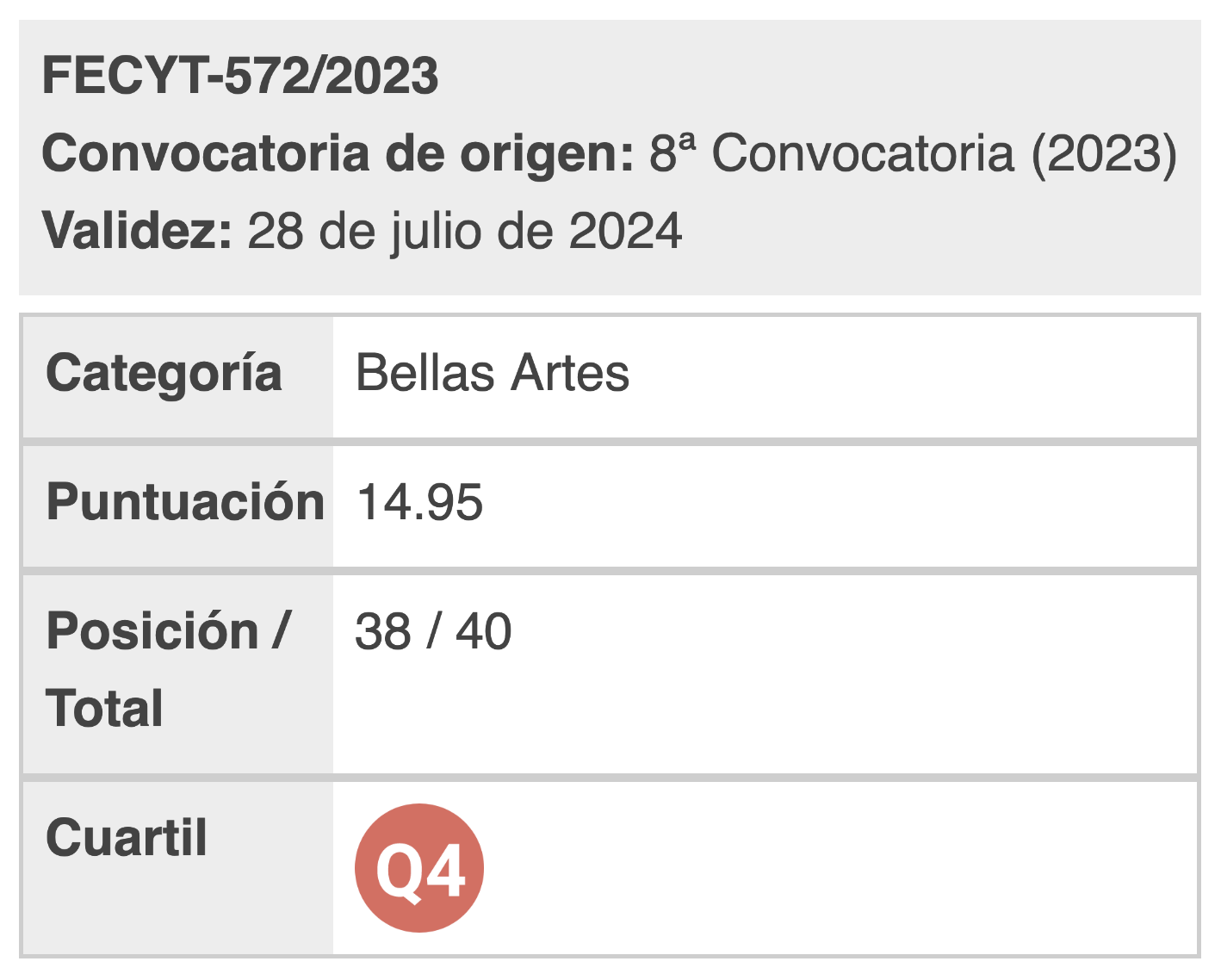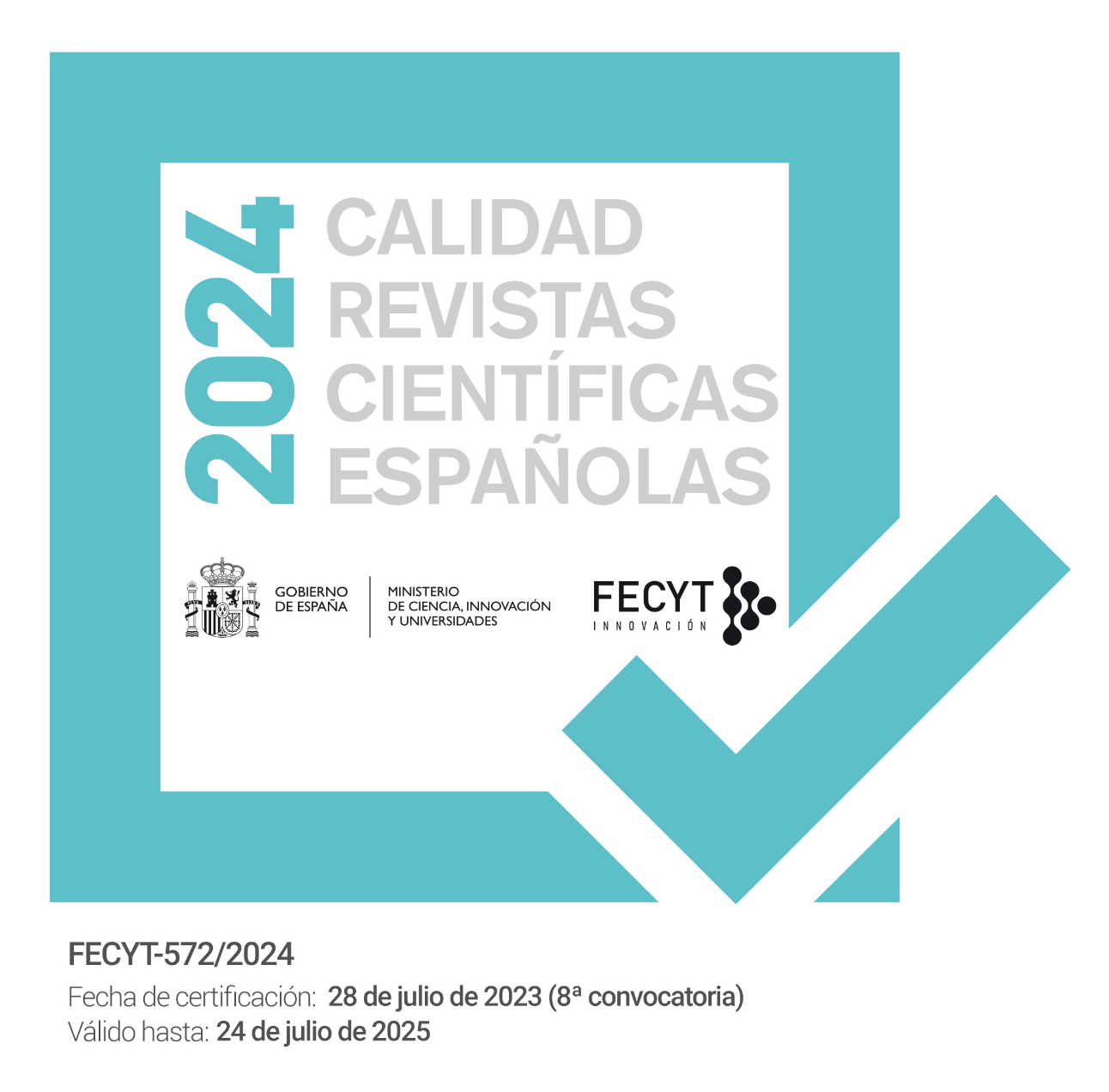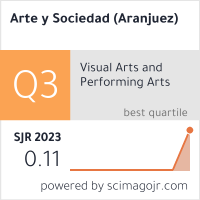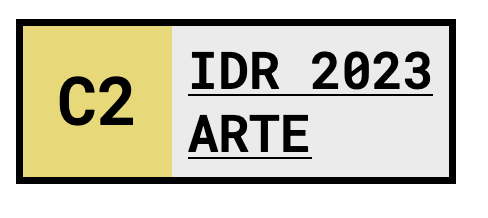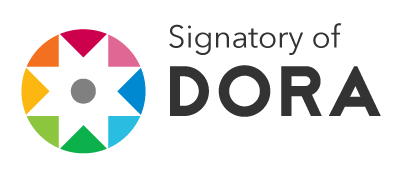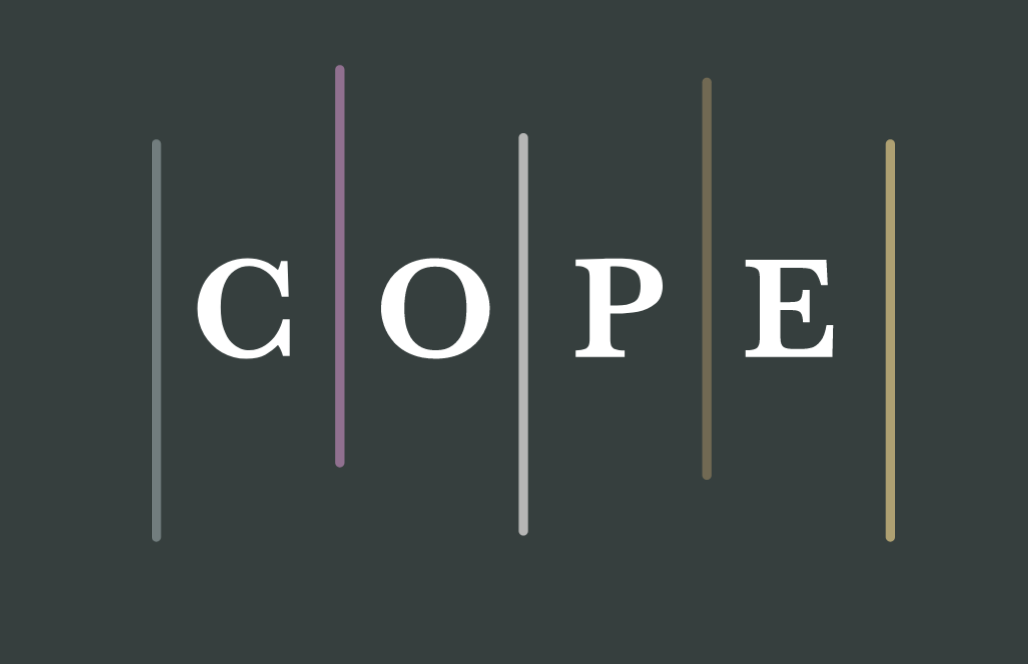Educating in the New Visual Processes
Abstraction and metaphor in the digital microscopy
DOI:
https://doi.org/10.5281/zenodo.7652398Keywords:
Array, visual metaphor, Iconicity, Augmented reality, MicroscopyAbstract
We expose the most relevant features of digital micrography for an artistic and educational reading; we begin by understanding these scientific-technical images, for further epistemological and aesthetic analysis. This visual corpus allows to show the image as a process and as a device of knowledge, and not just an appearance. The ability of micrography to translate and convert information into visual metaphors, gives it a growing interest for research and practice in Visual Arts.
References
Aparici, R.; García, A. (2017). Lectura de imágenes. Ediciones de la Torre.
Bal, M. (2004). El esencialismo visual y el objeto de los estudios visuales. Estudios Visuales: Ensayo, teoría y crítica de la cultura visual y el arte contemporáneo, 2, 11-49.
Barthes, R. (2002). Lo obvio y lo obtuso: imágenes, gestos, voces. Paidós.
Brea, J. L. (2007). Libro blanco de la interrelación entre Arte, Ciencia y Tecnología en el Estado Español. FECYT.
Bredekamp, H. (2004). Drehmomente – Merkmale und Ansprüche des iconic turn. Iconic Turn: Die neue macht der bilder, 1, 15-26.
Burri, A. (2007). Art and the view from nowhere. A sense of the world. Essays on fiction, narrative and knowledge. Routledge.
Caldana, S.; Bosco, R. (2008). El artista científico Orfescu lanza un concurso de nanoarte por Red. Diario El País [en línea] 6 de marzo de 2008.
Cassirer, E. (2007). Antropología filosófica: Introducción a una filosofía de la cultura. Fondo de Cultura Económica.
Castro, S.; Marcos, A. (2010). Arte y Ciencia: mundos convergentes. Plaza y Valdés.
Chandrasekhar, S. (1987). Truth and beauty: Aesthetics and motivations in science. University of Chicago Press.
Déotte, J. (2007). ¿Qué es un aparato estético? Benjamin, Lyotard, Rancière. Ediciones Metales Pesados.
Dewey, J. (2008). El arte como experiencia. Paidós.
Dussel, I. et al. (2010) Aportes de la imagen en la formación docente. Abordajes conceptuales y pedagógicos [Proyecto Red de C.A.I.E.]. Argentina: Ministerio de Educación, Cultura, Ciencia y Tecnología.
Efland, A.; Freedman, K.; Stuhr, P. (2003). La educación en el arte posmoderno. Paidós.
Eisner, E. (2004). El arte y la creación de la mente. El papel de las artes visuales en la transformación de la conciencia. Paidós.
Gombrich, E.; Hochberg, J.; Black, M. (2007). Arte, percepción y realidad. Paidós.
Hooke, R. (1989). Micrografía. Alfaguara.
Malina, R. (2009). El método científico como un territorio para la experimentación artística. Ecomedia: Sobre estrategias ecológicas en el arte actual. Conferencia impartida en Valencia, 4 de marzo de 2009.
Manovich, L. (2008). La visualización de datos como nueva abstracción y antisublime. Estudios Visuales: Ensayo, teoría y crítica de la cultura visual y el arte contemporáneo, 5, 126-135.
Margolis, J. (2008). Ciencia y arte como parte de la cultura. La filosofía como ciudad de las ciencias y las artes. Conferencia impartida en Valencia, 22 de octubre de 2008.
________ (2009). The arts and the definition of the human, toward a philosophical anthropology. Stanford University Press.
Marín-Viadel, R.; Roldán, J. (2019) A/r/tografía e Investigación Educativa Basada en Artes Visuales en el panorama de las metodologías de investigación en Educación Artística. Arte, Individuo y Sociedad, 31(4), 881-895.
Quintana, A. (2003). Fábulas de lo visible, el cine como creador de realidades. Acantilado.
Rojo, A. (2008) La Divina Intersección. Visiones del encuentro entre el arte y la física. La filosofía como ciudad de las ciencias y las artes. Conferencia impartida en Valencia, 24 de octubre de 2008.
Santayana, G. (2002). El sentido de la belleza: Un esbozo de teoría estética. Tecnos.
Sonesson, G. (2004). “De la reproducción mecánica a la producción digital en la semiótica de imágenes”. Razón y palabra, 38, 1-15.
Sullivan, G. (2010). Art Practice as Research. Inquiry in Visual Arts. SAGE.
Wade, E.; Harris, D. (2005). “Gallery: Jan-Henrik Andersen. Symmetry”. Dimensions of particle physics, 8(2), 32-35.
Wagensberg, J. (2007). La rebelión de las formas. Tusquets.
Wilczek, F. (2016). El mundo como obra de arte: en busca del diseño profundo de la naturaleza. Crítica.

Published
How to Cite
Issue
Section
License

This work is licensed under a Creative Commons Attribution 4.0 International License.
You are free to:
Share — copy and redistribute the material in any medium or format.
Adapt — remix, transform, and build on the material for any purpose, including commercial.
Attribution — You must properly acknowledge the authorship, provide a link to the license, and indicate if any changes have been made.
You may do so in any reasonable manner, but not in any way that suggests that you endorse or receive any endorsement by the licensor for your use.
No additional restrictions — You may not apply legal terms or technological measures that legally restrict you from doing what the license allows.

